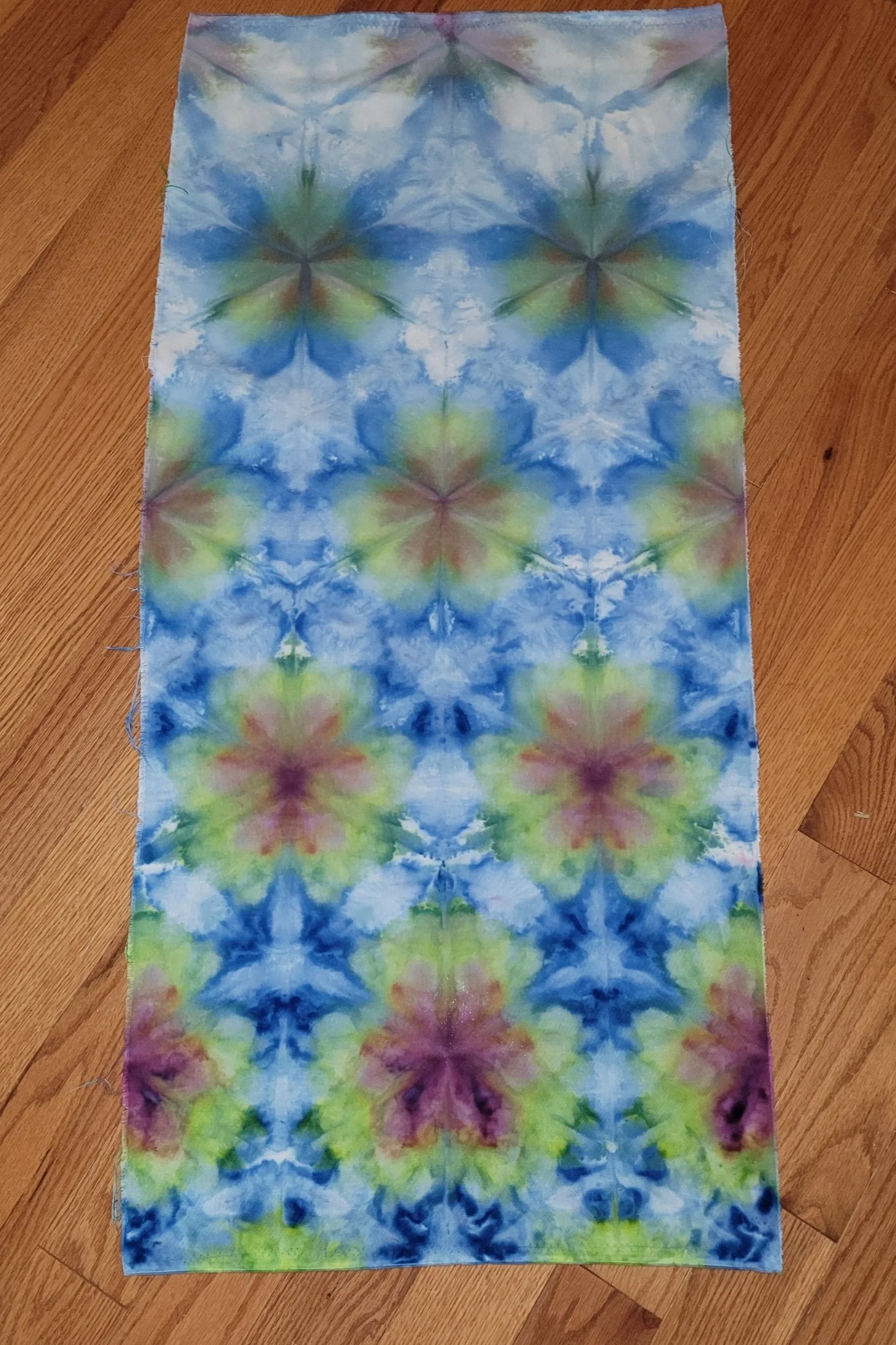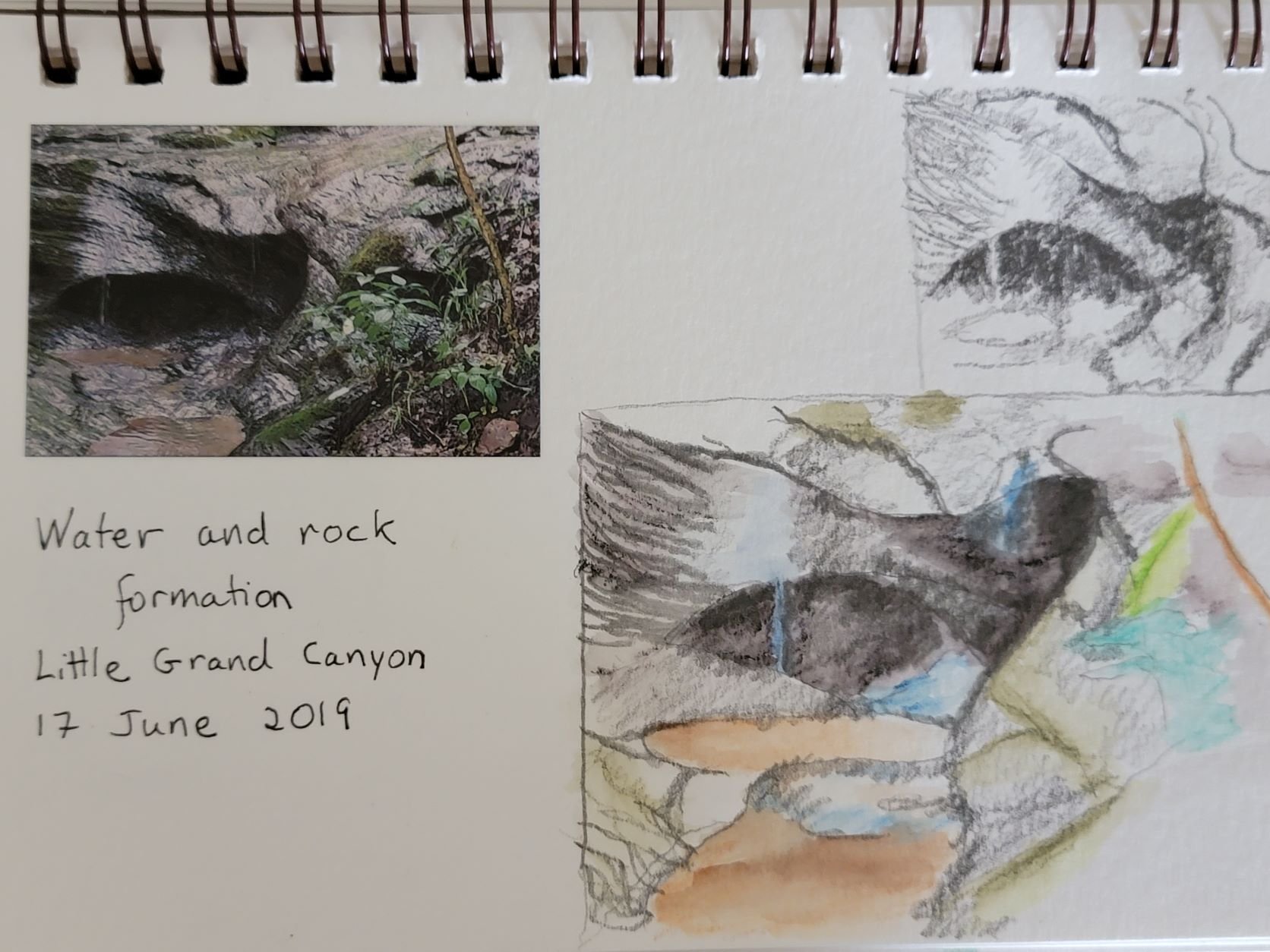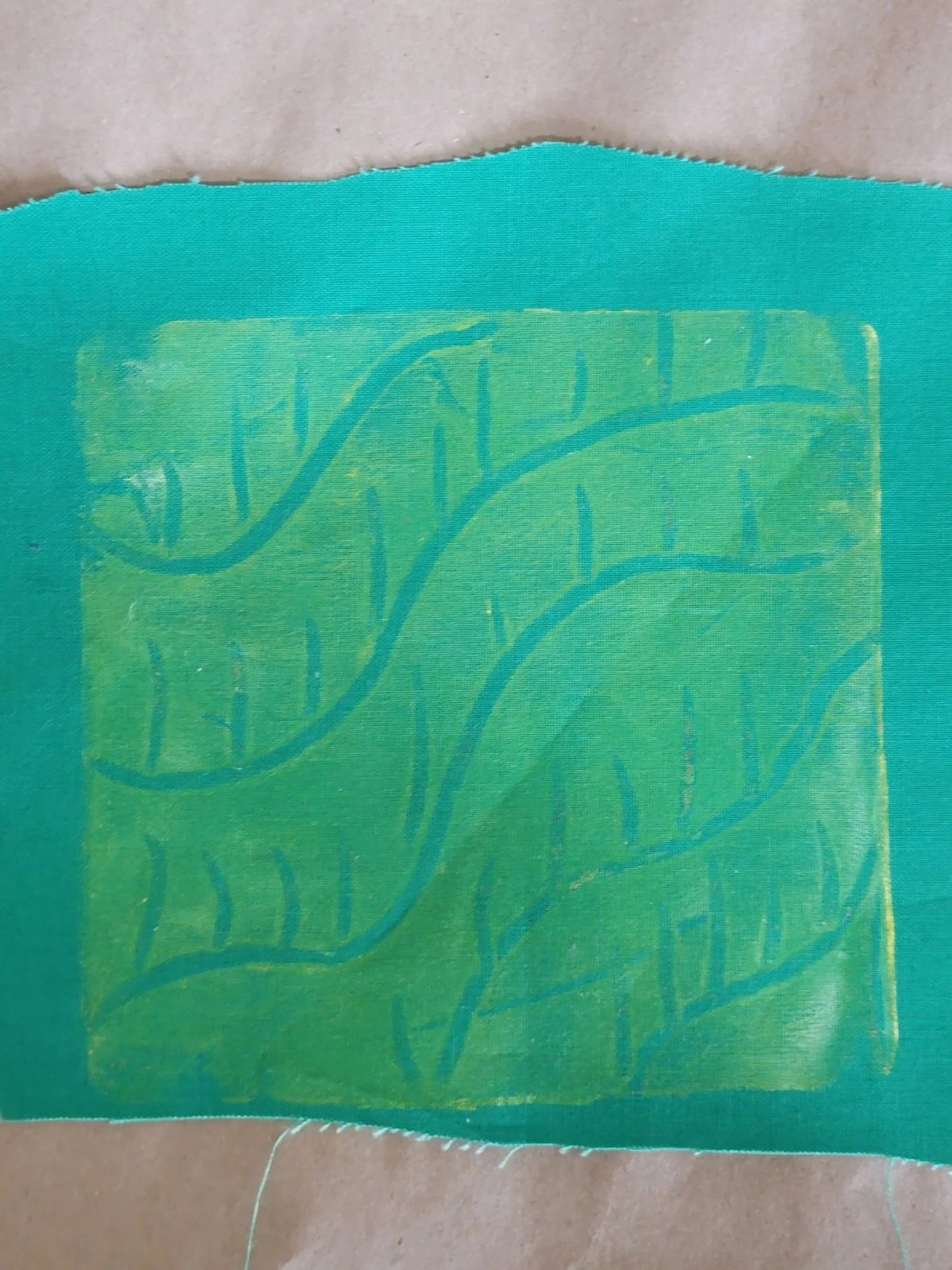Products for Surface Design
In my journey to get the perfect fabric for my projects, I’ve tried quite a few products. I didn’t “jump right into” dying with Procion MX dyes. I resisted using dyes because of the perceived difficulty of the dying process. This blog post is NOT about quilting supplies – it is about art supplies and products that I use to customize fabric. I hope to produce short videos about how I customize fabric using this supplies. One of the challenges that I had is the difficulty of finding clear, concise instructions for products. I’m picky about my fabric and the weave density of the fabric. The feel of the fabric after customization is also important since I want to quilt my fabric and would prefer not to have needle penetration marks.
To give these surface design techniques a try, I buy small sets from Amazon. (The nearest art store is about an hour from my house.) In disclosure, I signed up to be an Amazon affiliate so that you can try out techniques along with me. As an Amazon Associate, I earn from qualifying purchases.
Why think about Surface Design? AKA customized fabric.
I started trying different surface design techniques because I entered a quilt in Quilt Con. I carefully constructed an English Paper Pieced quilt with Penrose tilings. I selected a beautiful, brand new line of fabric. I am an extremely slow hand sewer. Three years later, I’d completed my Penrose tiling quilt and the fabric line was one of the most popular fabric lines ever! I knew that my fabric choices would doom the quilt’s chances of getting into Quilt Con. I went ahead, entered my quilt, and it DIDN’T get into Quilt Con. Using custom fabric as a way to set the mood of a quilt became a goal for me. This might be the wrong direction for a modern quilt, but I am having fun.
Procion MX Dyes
I’m using Procion MX dyes to dye my fabric for my quilting projects. This is one of my top choices since it preserves the fabric feel after proper treatment. I don’t have to worry about needle penetration marks. There are a wide range of colors available and there are multiple techniques that can be used with this type of dye. With this type of dye you can do immersion dyeing, ice dying, and more traditional tie dyeing. The cons of this type of dye include: it does take some practice and ordering larger amounts of dye and fabric from a specialist shop can be expensive. These small sampler kits from Amazon will get you started on dyeing fabric. You’ll also need a respirator mask when working with the dye powder. The products have instructions and Jacquard’s website has additional instructions.
Turquoise and purple ice dye with Procion MX
Rainbow Procion Mx dye
Derwent Inktense Pencils
These pencils are the bomb. They can be used on both fabric and paper. When first applied, these pencils act like colored pencils. After applying water, the pencil marks transform into a liquid ink. The colors have an ink-like intensity and are permanent. If you apply another layer of inktense after drying, there is no running or distortion. I take these pencils on walks in the park along with water brushes for sketches and doodles. I especially like the fact that I don’t have to worry about a dripping watercolor box in my bag at the park. I’ve successfully navigated airport security with a pair of filled water brushes, so I also bring the pencils and water brushes on vacation. The pencils can also be used on fabric – either dry or wet, in combination with a textile medium. Derwent has instructions and videos on how to use the pencils. The pencils are expensive, but oh so worth it. I’ll post my fabric sample when I finish it. I use Gac 900 to set the pigment on fabric.
Vacation Sketches with Inktense Pencils
Jacquard Cyanotype Sheets
Cyanotypes. You remember making sunprints in school. You’d get these special sheets of paper, lay out some flowers and leaves, expose them to the sun and wash the paper. The image would develop as the paper was washed - just like in traditional photography. This “paper” is also available with a fabric base as Jacquard Cyanotype Sheets. In addition to sun printing with objects, you can use inkjet overhead transparency sheets to make negatives. The transparency acts as a negative during the sun printing process. My experiments with quilting over this fabric did result in needle penetration marks, but I was using a large gauge needle. There is also a cyanotype mix which can be applied to your own fabric sheets. I plan to experiment with this later this summer. I used these extensively in my art book: Park Sketch Book. This was really fun and pulled me back to those traditional, black and white photography classes that I took in high school and college. The challenge is in taking high contrast photos that print really well.
Cyanotype prints in art book
Cyanotype print of insect
Gelli Prints
Gelli prints are mono-prints. This means that you apply paint (either acrylic or acrylic mixed with a fabric medium) to the gel plate. You can modify the application of paint through blending, scraping, or using a stencil. I used this technique in my Seasons series of quilts. I mono-printed a variety of 5x5 inch squares of fabric which I incorporated into my mini quilts. With these, I really need to work through a variety of prints before I found a design style that resonated with me.
Soft yellow Gelli print on green
Fall mini quilt with Gelli prints
Disclosure: As an Amazon Associate, I earn from qualifying purchases.







